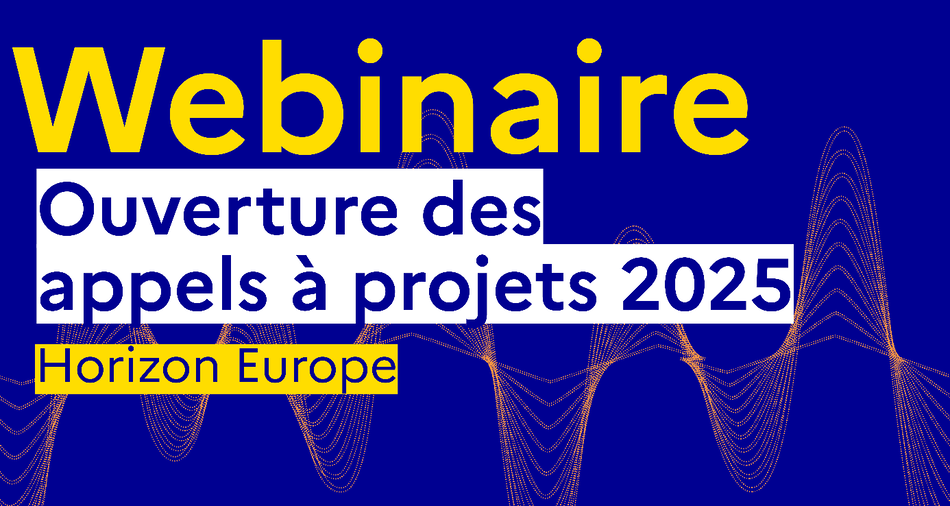Expected Outcome:
Project outputs and results are expected to contribute to the following expected outcomes:
- Demonstration of underwater radiated noise (URN) reduction through large scale demonstrators or retrofitted ships employing URN reduction modifications and assessment through verifiable KPIs.
- Demonstration of the effectiveness, safety and cost-effectiveness of noise mitigation devices, mitigation measures and management options and assessment through verifiable KPIs.
- Development of standards for the specification of source noise levels by equipment suppliers and shipyards, which build upon the current state-of-the art.
- Has increased the awareness of European ship owners of the environmental impact from underwater noise and the possibilities to reduce noise and its harm to the marine environment.
- Provide evidence to regulators concerning waterborne transport underwater noise to better take into account operational conditions and environmental impact within any forthcoming regulation.
Scope:
Whilst on-going research seeks to characterize the underwater radiated noise (URN) which poses the greatest threat to aquatic species and the marine environment as well as characterizing potentially promising solutions to reduce the impacts of URN, the demonstration of technologies to minimize the harmful impacts from waterborne transport URN remains less developed. Current on-site URN measurement campaigns do not address all potential waterborne transport related noise sources and selecting suitable mitigation measures remains a challenging task as there are many options for URN reduction. Consequently, assessments need to be made on a case-by-case basis considering environmental, operational and economic factors and when relevant taking into account previous work such as the European Marine Board position paper on underwater noise. An important challenge is to predict URN at the design stage to be able to implement less noisy environmentally friendly solutions from an early stage. This challenge is faced both at equipment design level and at the ship integration stage. Consequences of the noise reduction solutions for GHG emissions should be considered.
Current approaches to the regulation of URN focus on controlled criteria (fixed speed, no waves etc.), whilst ships operate at various speeds, loads and sea states which further complicate the challenge of designing a quiet ship suitable for a wide range of conditions. A further challenge is to be able to operate a noise measurement system on-board which can provide instantaneous information to the crew on the ship’s operational radiated noise. Noting that an informed balance may also need to be taken between GHG emissions and URN.
In order to address the above-mentioned challenge, proposals are expected to address all the following aspects:
- Development of methods and models to predict under water radiated noise levels in the design phase.
- Conduct modelling and field studies to improve the effectiveness, safety and cost-effectiveness of noise mitigation devices, mitigation measures and management options in different sea states and in different ship loads. The identified solutions should be tested and demonstrated through large scale demonstrators that may, when appropriate, and feasible, also include the monitoring of the response of key susceptible species.
- Projects should develop systems for on-board measurement of noise, and decision support systems to reduce radiated noise whilst maintaining energy efficiency in normal operation.
- The project should build upon the current state of play, for example taking into account the H2020 project SATURN and the LIFE+ project PIAQUO to support the development of standards for the specification of source noise levels by equipment suppliers and shipyards. The projects are expected to propose synergies and clustering with related projects and activities addressing underwater noise, including from non-transport sources.
- In addition, the project should address communication towards the European ship owners and operators to raise awareness, inform about the environmental impact and on the technical possibilities to reduce their noise and its impact on the underwater environment.
- Engage with regulators to raise awareness on noise from waterborne transport depending on operational status, weather conditions, loading conditions, water conditions (depth, type of bottom, temperature salinity etc.) the frequency and type of noise and its impact on the environment for the purpose of considering them in future potential regulations.
This topic implements the co-programmed European Partnership on ‘Zero Emission Waterborne Transport’ (ZEWT). As such, projects resulting from this topic will be expected to report on results to the European Partnership ‘Zero Emission Waterborne Transport’ (ZEWT) in support of the monitoring of its KPIs.





